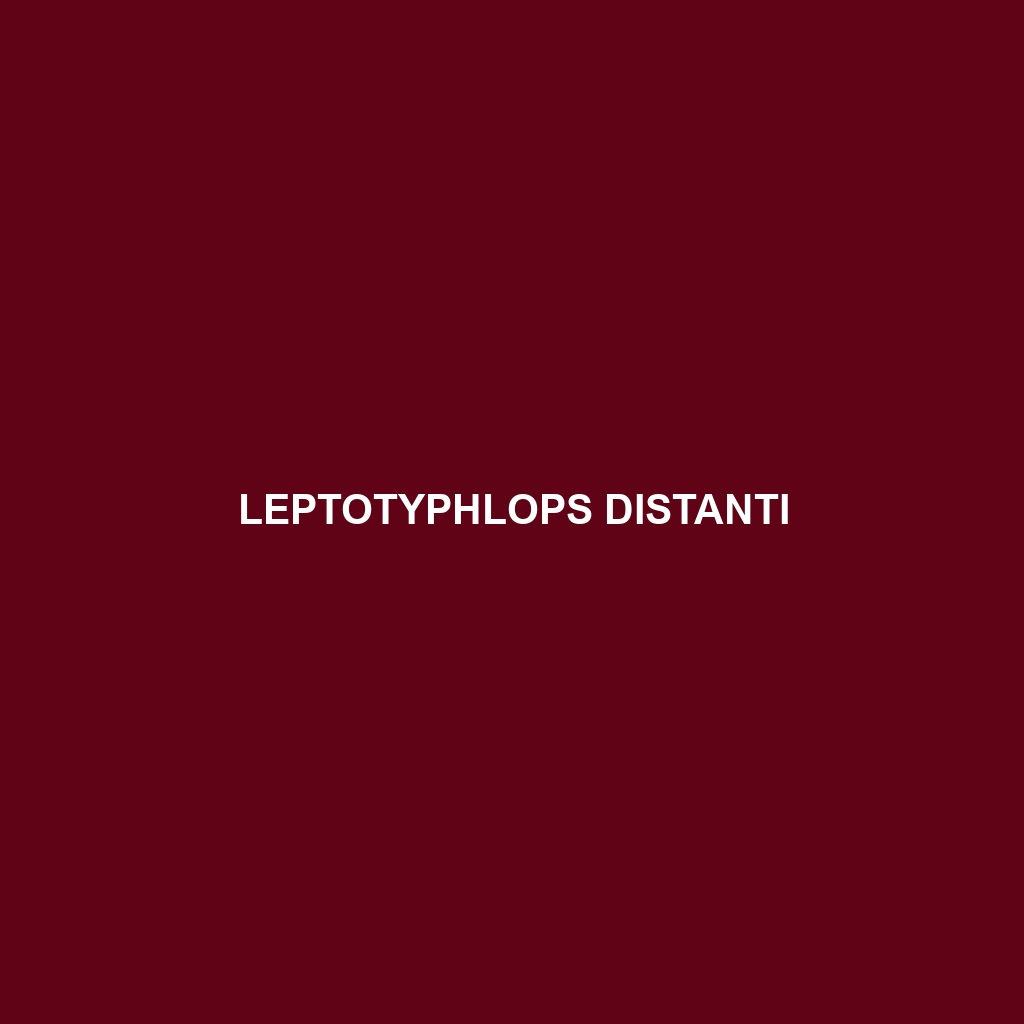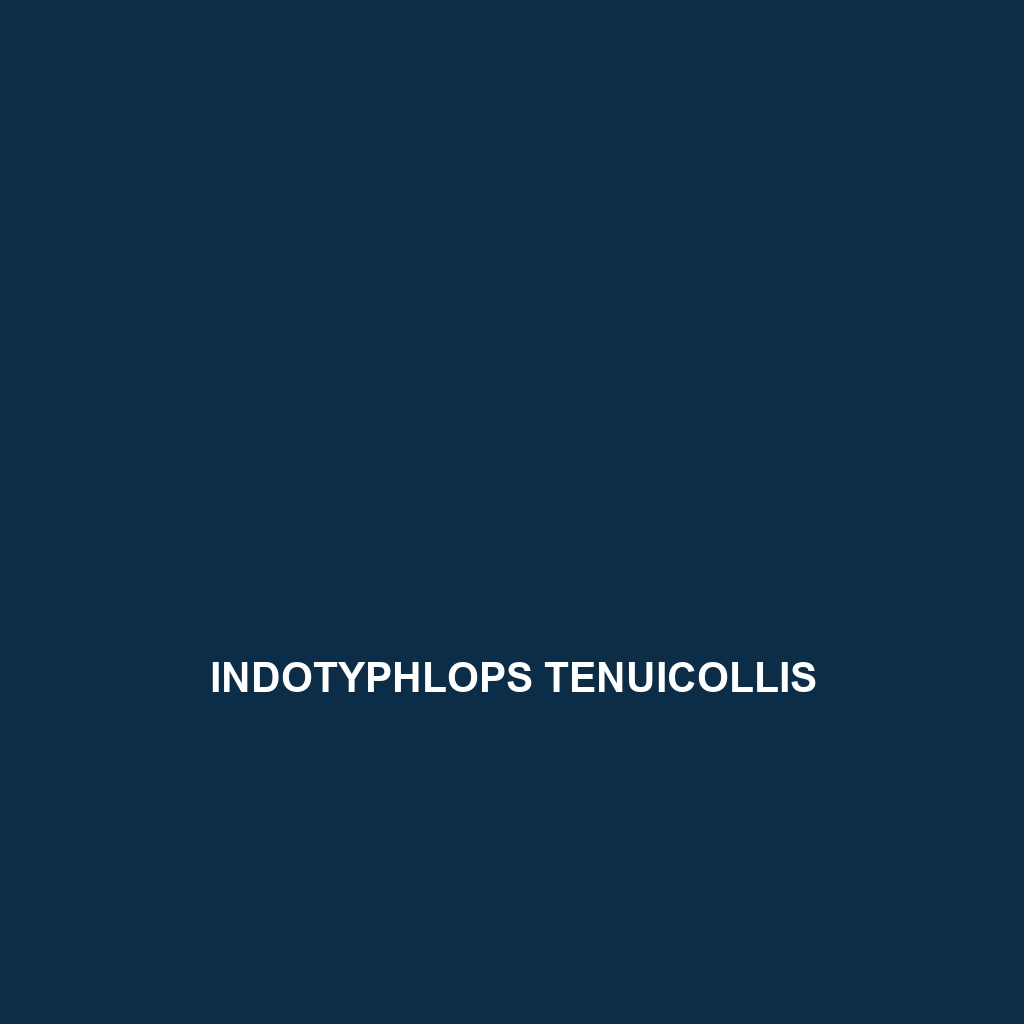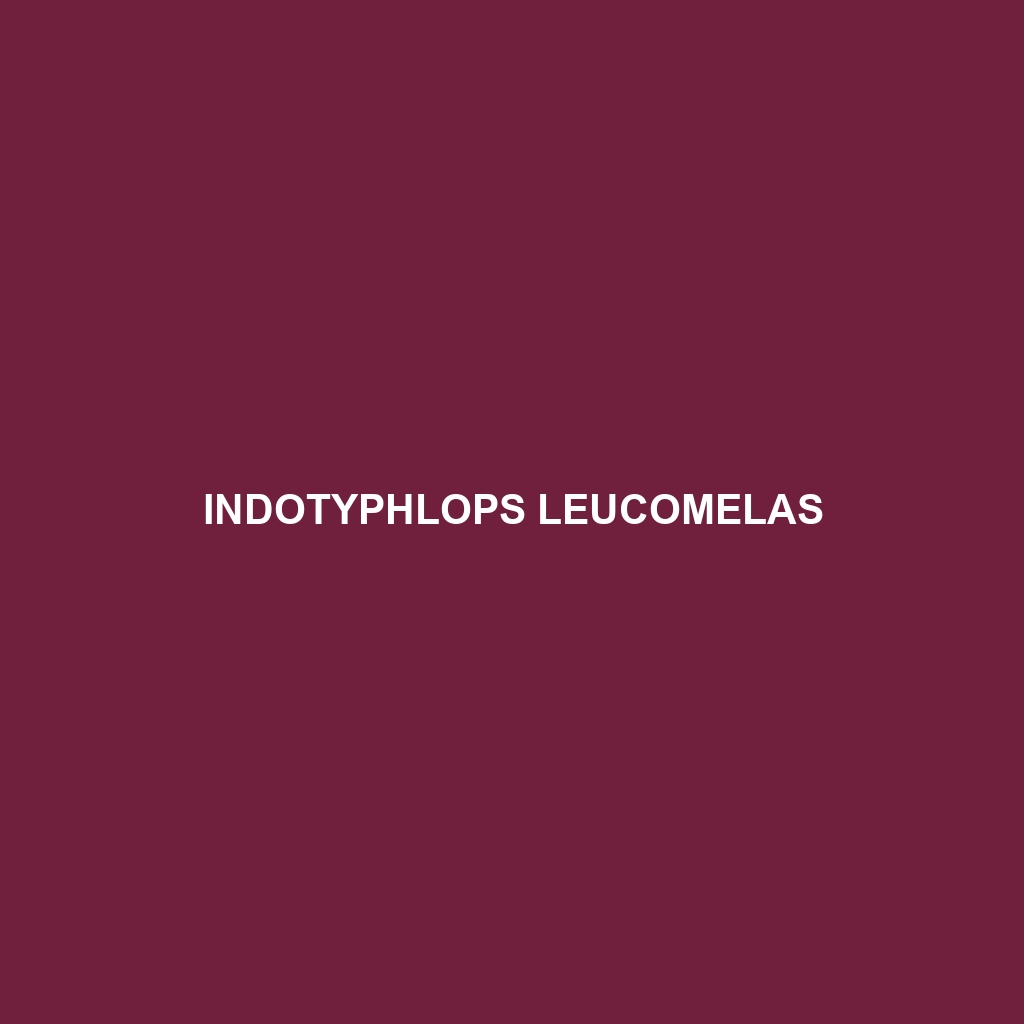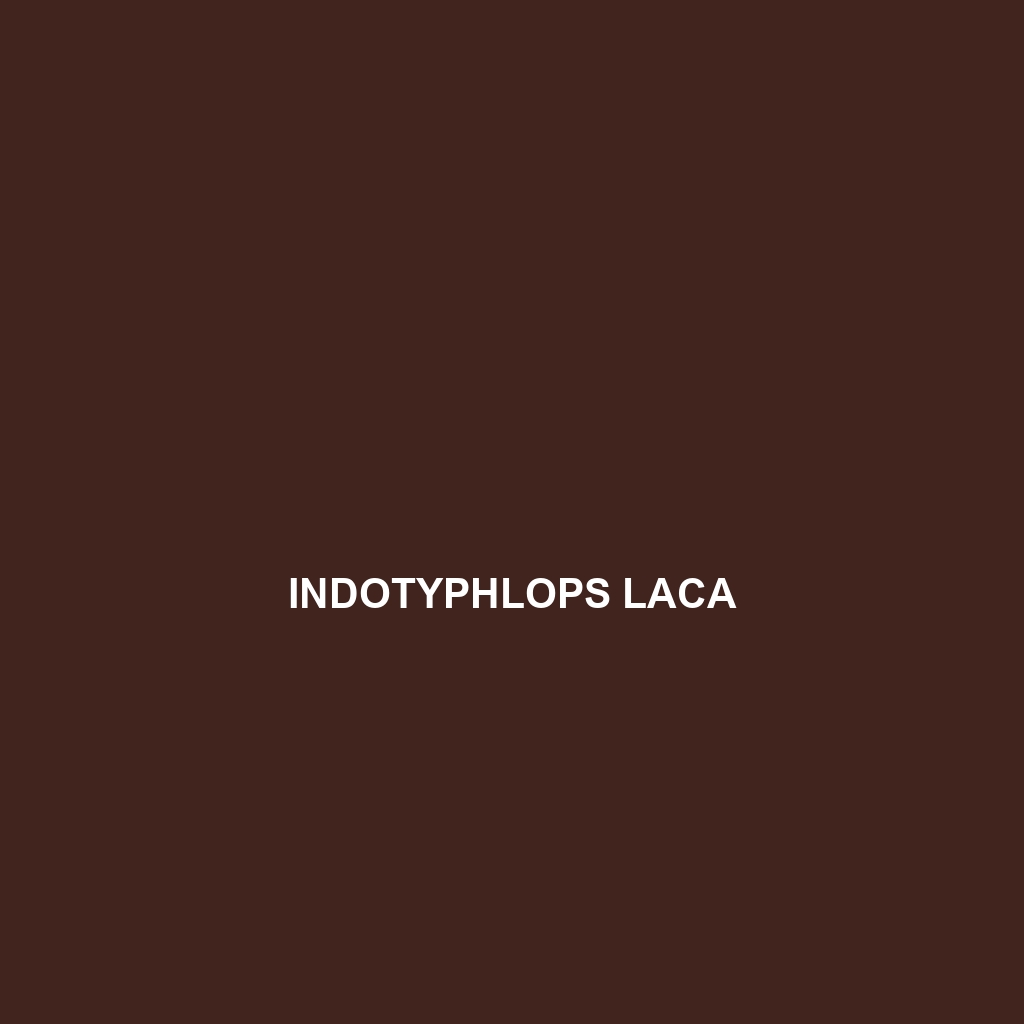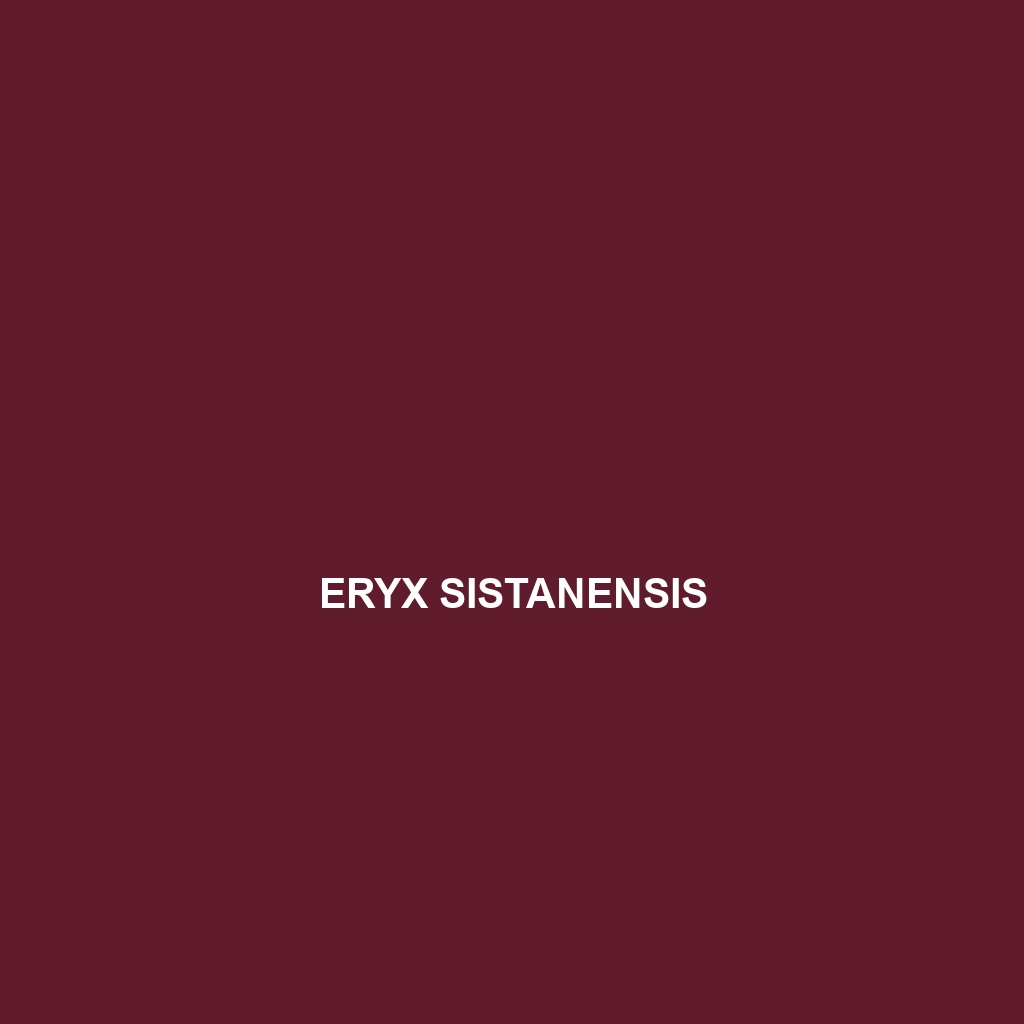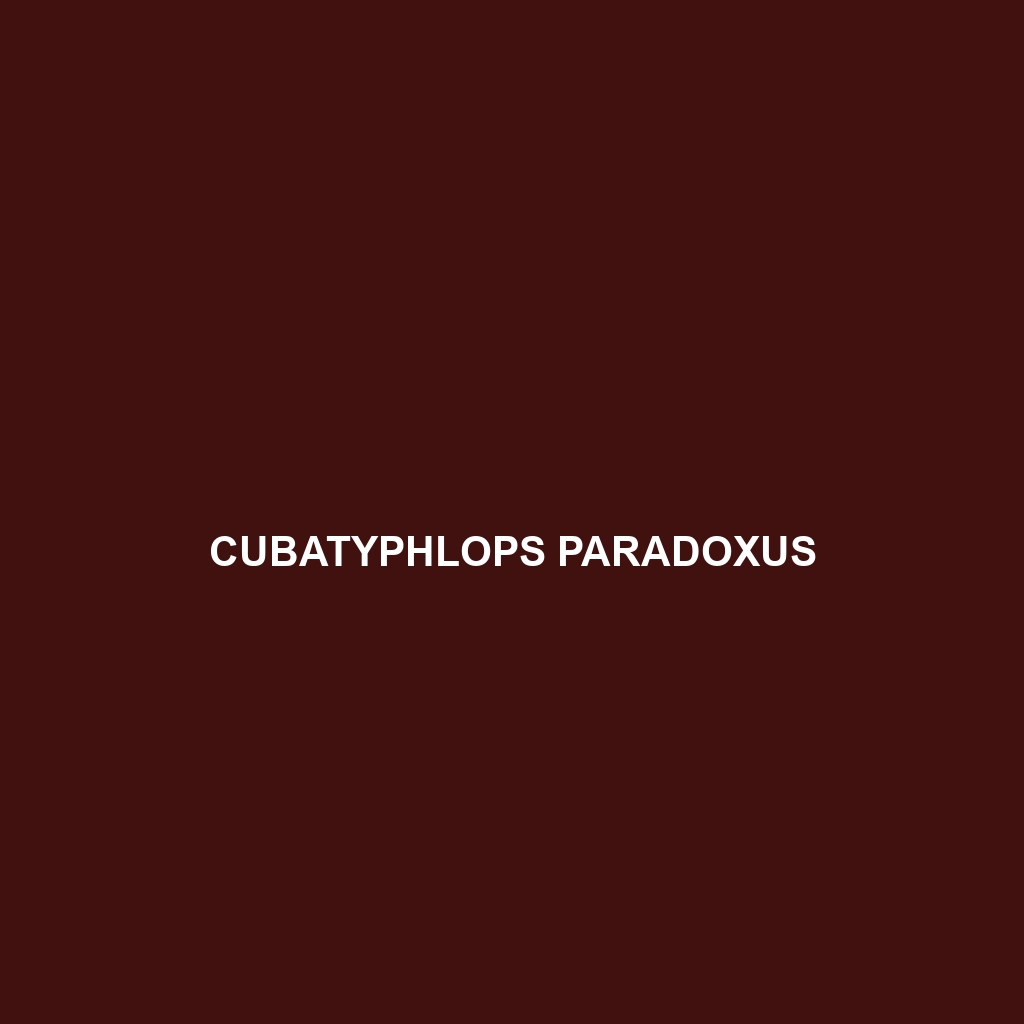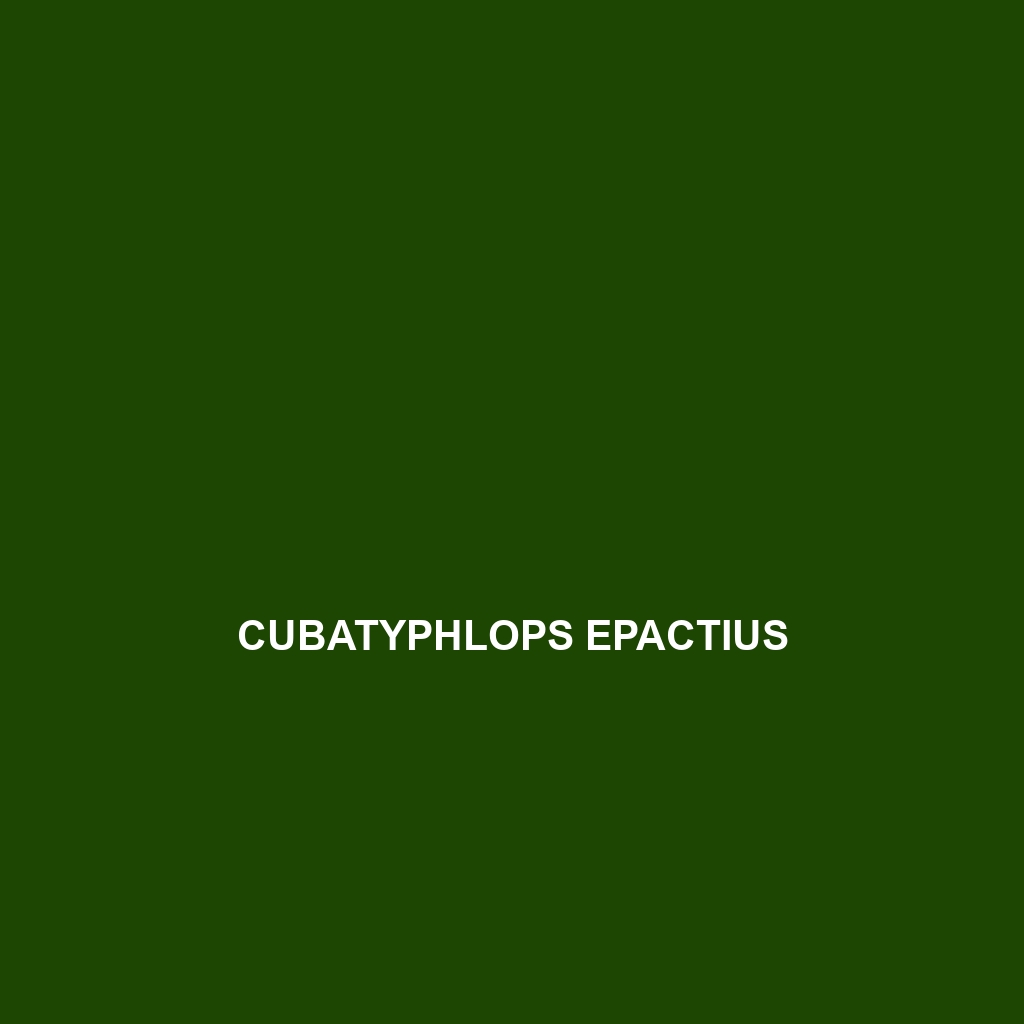Discover the Leptotyphlops distanti, also known as the distant blind snake, a fossorial insectivore primarily found in the tropical and subtropical regions of South America. With its slender, limbless body and reduced eyesight, this unique species plays a crucial role in controlling insect populations and maintaining ecological balance.
Tag: fossorial snakes
Leptotyphlops conjunctus
Discover the <b>Common Blind Snake</b> (<i>Leptotyphlops conjunctus</i>), a small, slender snake native to tropical and subtropical regions, known for its unique subterranean lifestyle and diet consisting mainly of ants and termites. With its smooth, camouflaged scales and lack of functional eyes, this fascinating species plays a vital role in maintaining ecological balance by regulating insect populations and aerating the soil.
Indotyphlops tenuicollis
Discover the Indotyphlops tenuicollis, or slender blind snake, a unique fossorial species thriving in humid tropical rainforests and savannas. With a smooth, elongated body measuring 20 to 25 cm and vestigial eyes, this insectivore plays a vital role in its ecosystem by controlling invertebrate populations and aerating the soil.
Indotyphlops leucomelas
Discover the unique <b>Indotyphlops leucomelas</b>, or white-bellied blind snake, a fossorial species native to tropical and subtropical regions of Southeast Asia. Adapted for underground life, this insectivore plays a vital role in pest control and ecosystem balance while thriving in moist, sandy habitats.
Indotyphlops jerdoni
Discover the Jerdon's worm snake (Indotyphlops jerdoni), a small, burrowing species found in temperate forests and savannas of continental India, known for its unique adaptations, including vestigial eyes and a predominantly insectivorous diet. This nocturnal creature plays a crucial role in its ecosystem by regulating soil-dwelling insect populations and aerating the soil through its burrowing behavior.
Eryx vittatus
<b>Eryx vittatus</b>, or the striped sand boa, is a stout, nocturnal snake native to arid regions of North Africa and the Arabian Peninsula, known for its distinctive pale yellow to sandy base with dark stripes. This fossorial species plays a crucial role in its ecosystem by preying on small rodents and birds, while also exhibiting unique burrowing behavior that helps it thrive in sandy environments.
Eryx sistanensis
The Eryx sistanensis, or Sistan sand boa, is a medium-sized, fossorial snake found in the arid Sistan Basin, characterized by its stout body, smooth scales, and distinctive coloration. This nocturnal carnivore primarily preys on small mammals and lizards, playing a vital role in its desert ecosystem through predator-prey dynamics and soil aeration.
Epictia munoai
<p><b>Epictia munoai</b> is a small, slender snake native to the rainforests of Costa Rica and Panama, known for its striking coloration and smooth scales. This nocturnal, insectivorous species plays a crucial role in its ecosystem by regulating insect populations and serving as a food source for larger predators.</p>
Cubatyphlops notorachius
Discover the fascinating Cubatyphlops notorachius, a slender, pinkish-tan fossorial snake native to tropical Central America, known for its burrowing lifestyle and diet of small invertebrates. With a vulnerable conservation status, this unique species plays a crucial role in soil aeration and pest control within its moist forest habitat.
Cubatyphlops epactius
Discover the Cubatyphlops epactius, a small, blind snake native to the moist rainforests of Central America. With a length of 20-30 cm, this fossorial species plays a vital role in its ecosystem by controlling invertebrate populations and contributing to soil health.
